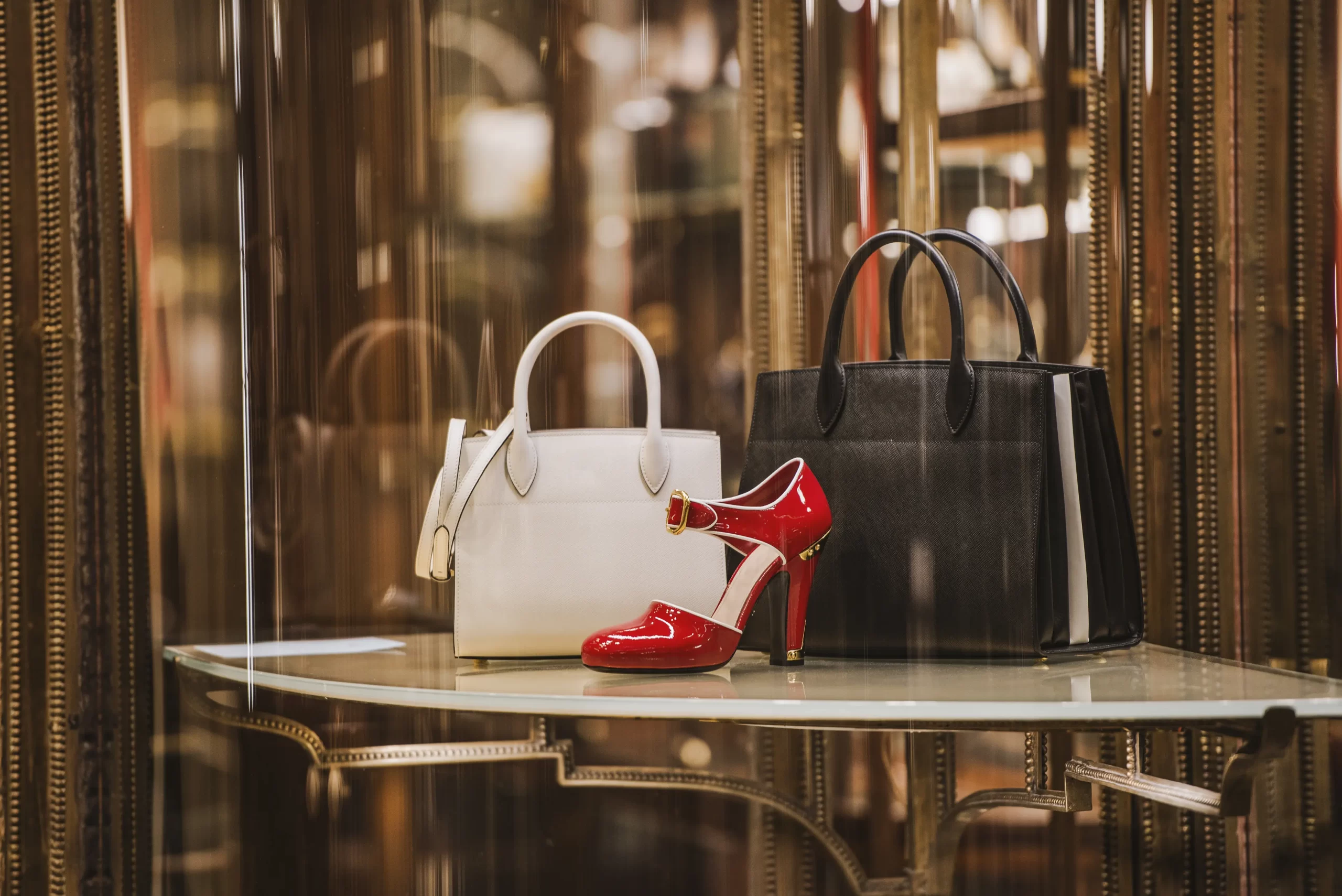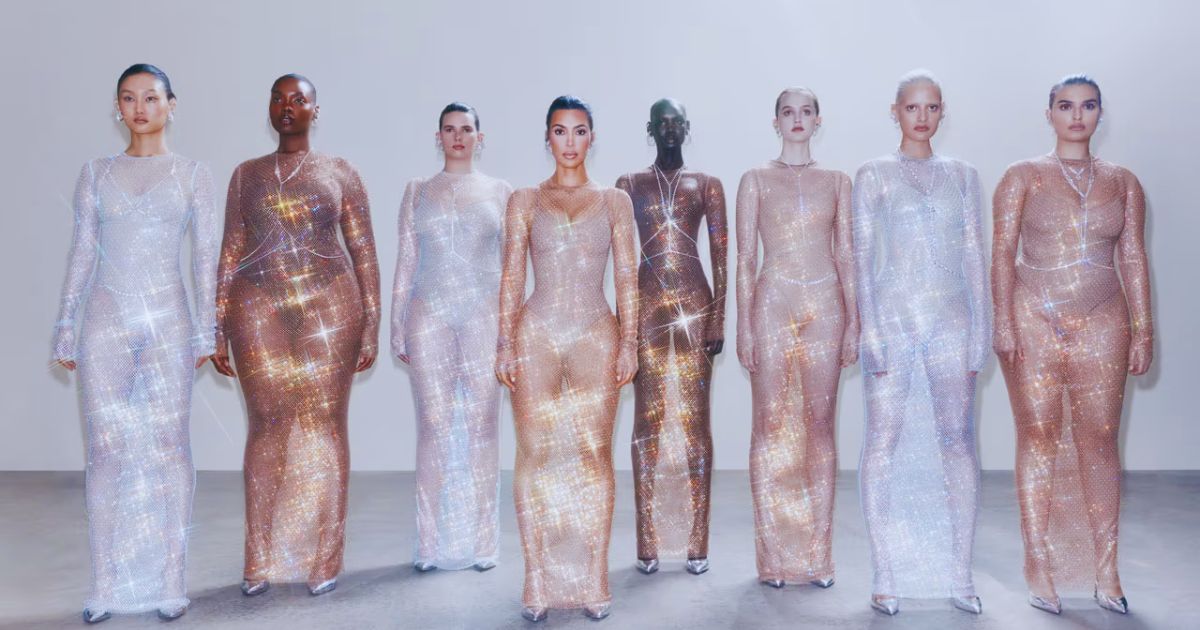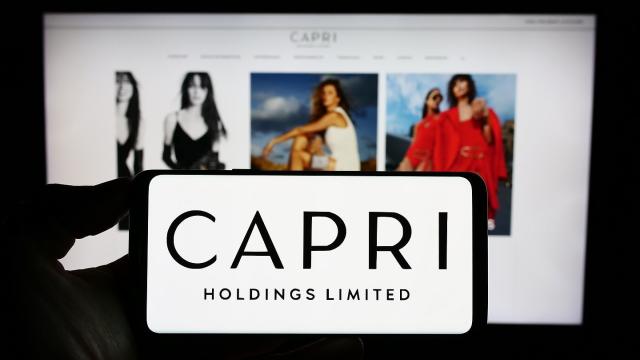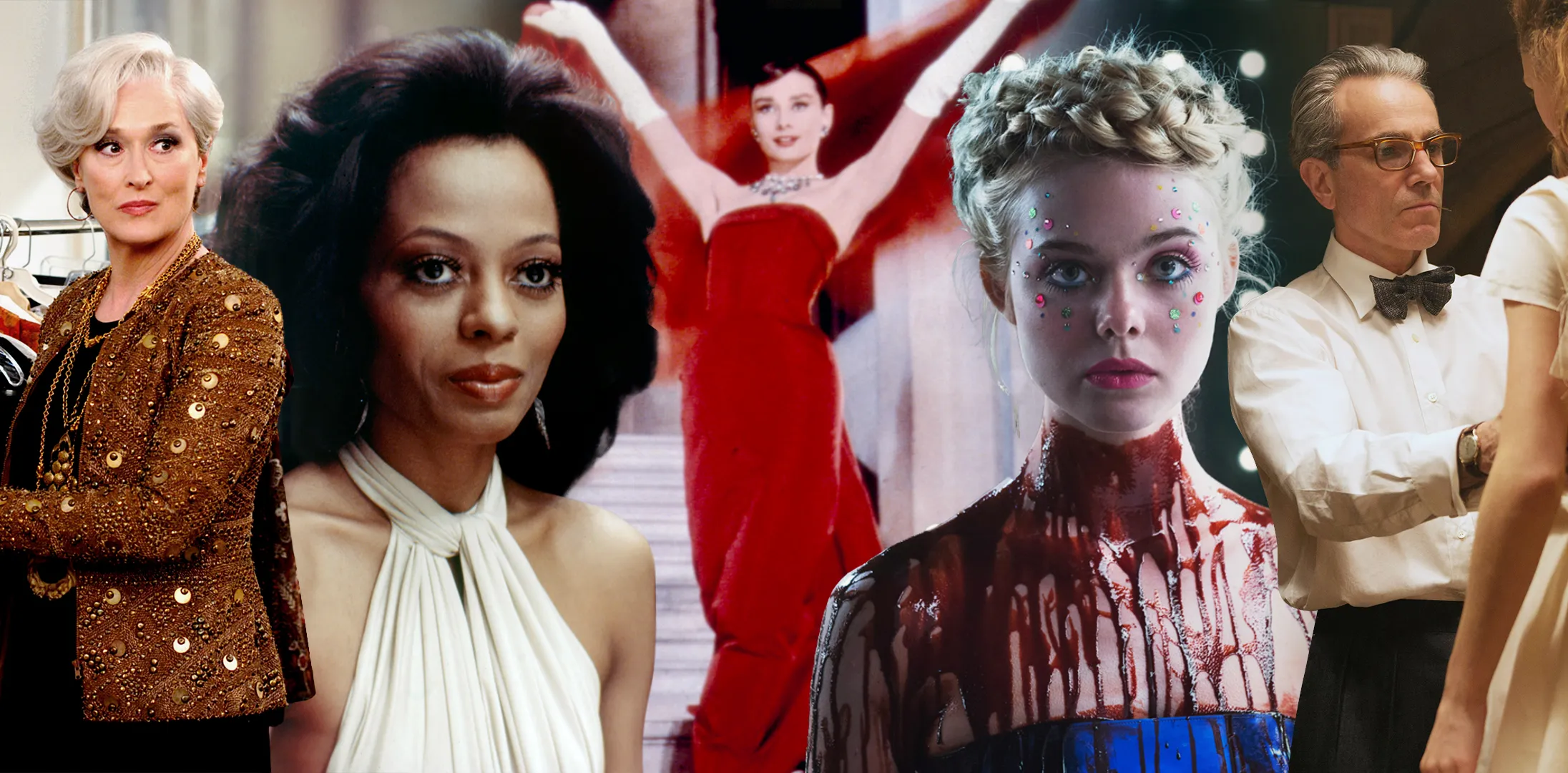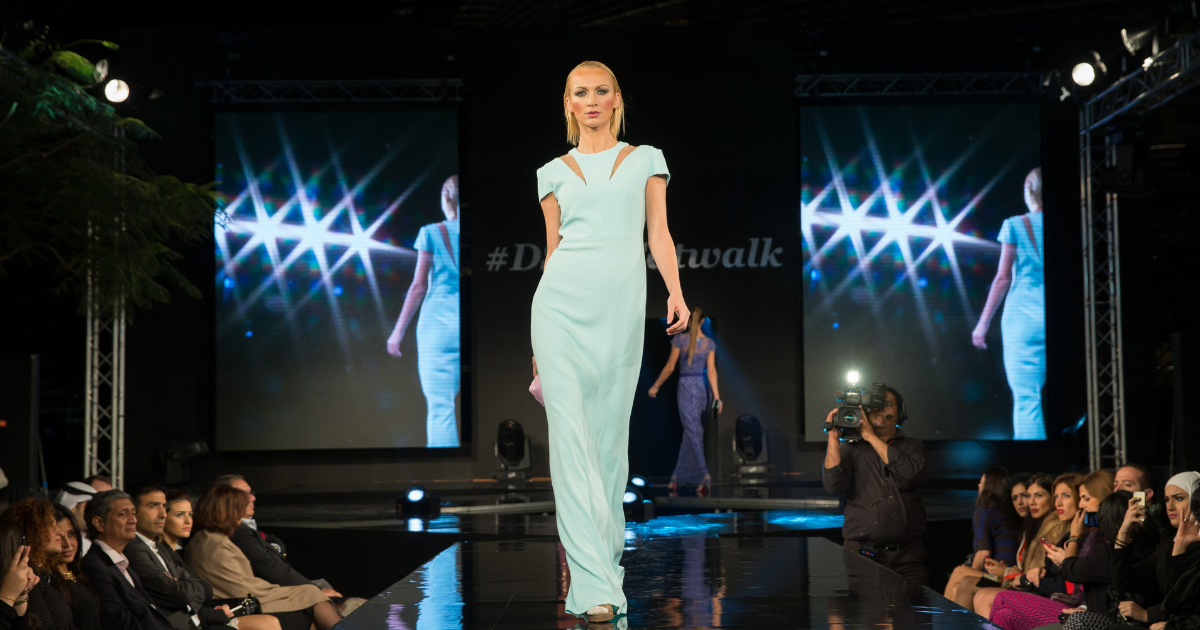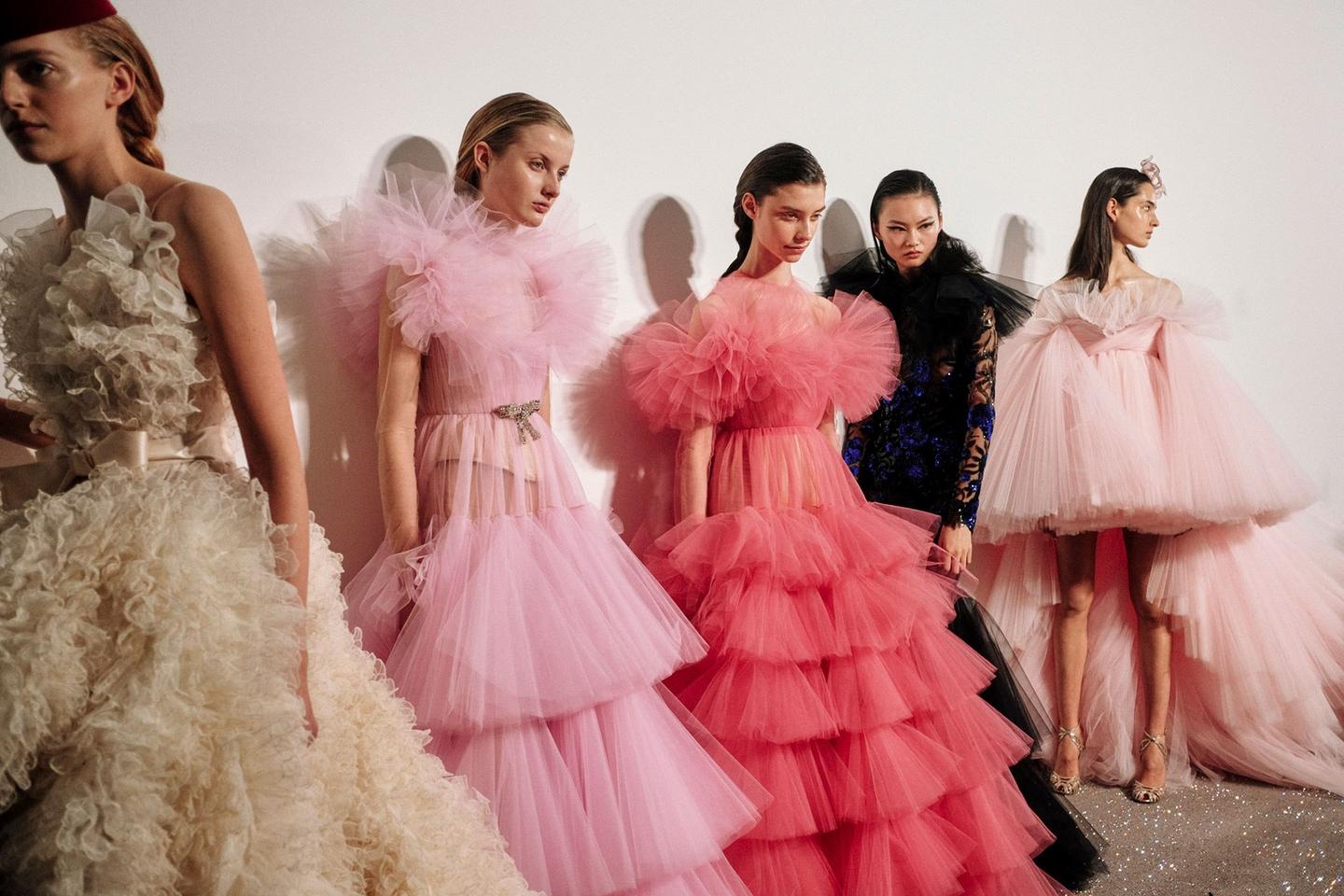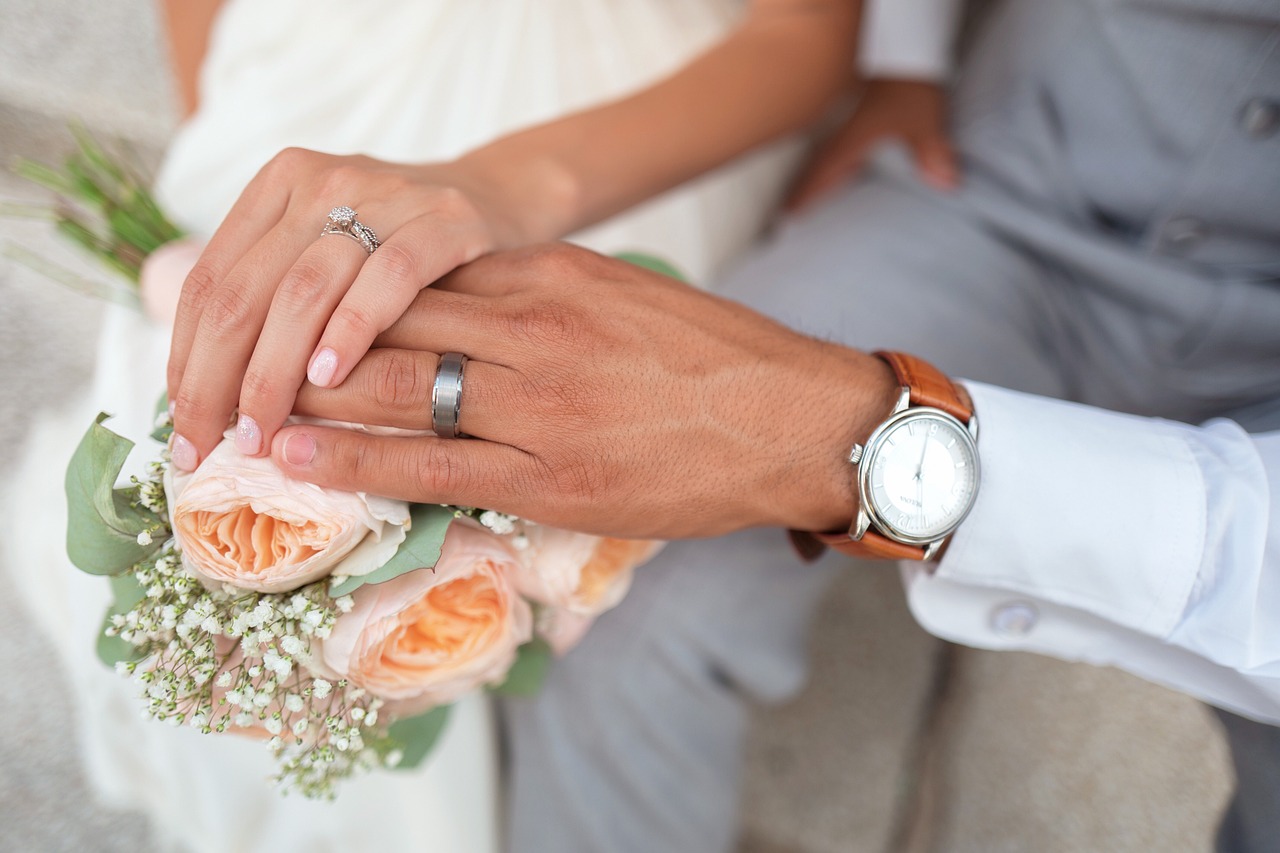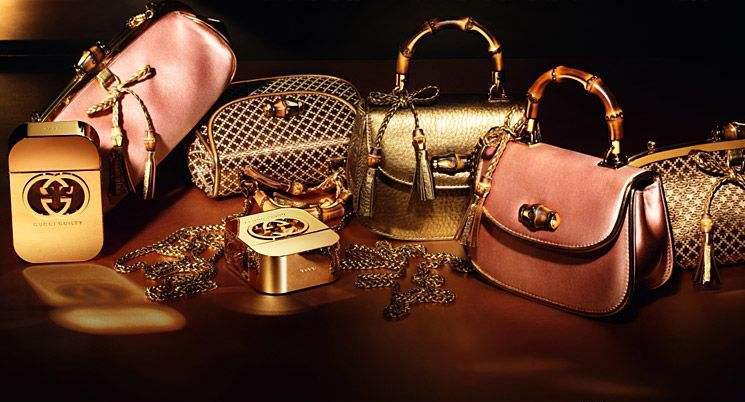Fashion has always been an indicator of status. The human brain experiences a phenomenon known as perception bias, where we subconsciously create shortcuts in our brain and make assumptions about others based on a mixture of indicia including appearance and clothing. Hence, it’s no surprise that luxury brands have become recognizable status symbols that the public strives to own.
This article will take you back through the decades to examine which luxury fashion items have been status symbols, and the trends that have come and gone.
1960s – Tiffany & Co.
Jewellery powerhouse Tiffany & Co. debuted their iconic Return to Tiffany collection in 1966. The success of Blake Edwards ‘Breakfast and Tiffany’s film starring Audrey Hepburn only furthered the brand’s success and standing, elevating their pieces into coveted status symbols. If you wanted to show off the fact, you had some spare cash lying around – a Tiffany diamond or signature heart pendant was the way to do it.
1970s – The rise of the Rolex.
Having gained popularity in the 1950s and 1960s with the Submariner, Rolex watches were worn by mountaineers, divers and pilots alike, becoming a symbol of craftsmanship and achievement. But it was the 1970s that solidified Rolex’s status as a luxury watch, as celebrities such as Elvis Presley and Formula 1 champion Sir Jackie Stewart were seen sporting Rolex watches more and more often. Hence in the 1970s, the Rolex became a status symbol and was proudly worn by those who could acquire them.

1980s – The Cartier Tank and Chanel’s revival.
Whilst the 1970s saw the rise of the Rolex, the 1980s saw another watch rising in status and popularity. The Cartier Tank saw a revival as a status symbol, as it was worn by high-profile individuals such as Lady Diana and Andy Warhol. This classic watch and its long history and status made it a coveted symbol of the wearer’s wealth and as such can be considered one of the luxury symbols of the 80s.

The 80s also saw Karl Lagerfeld at the helm of Chanel’s revival, bringing back tweed suits and classic cardigans with tailored silhouettes, which quickly became symbols of class and status, along with the Chanel flap bag which remains an icon amongst luxury bags even today.

1990s – The Lady Dior.
The 1990s saw the rise in popularity of the Lady Dior bag. Created in 1995, the bag was named after Princess Diana when she debuted it in Paris. After Lady Diana was seen carrying a mini-Lady Dior bag to the Met Gala in 1996 in blue satin, the bag quickly became a symbol of the height of luxury. After all, if it was the chosen bag of a princess, to own it, you must have been someone of note.
2000s – Dior saddlebags and Burberry trench coats.
Christopher Bailey’s run as creative director of Burberry led to the return of their signature check pattern, and under his guidance, the brand’s reputation quickly recovered throughout the 2000s, and owning one of their iconic trench coats was seen as a symbol of status – that you could afford to splurge more on a coat with no visible logos on the outside. The Burberry trench to this day is still considered an ‘investment piece’ for consumers due to the durability of the coats, and remains a coveted status symbol amongst many.

The early 2000s also saw the Dior Saddle become the decades’ ‘it bag’. Worn by style icons such as Paris Hilton and Jessica Parker, the bag was a success with women all around the world vying to get their hands on this bag. The Saddle quickly became an icon of luxury and status before demand subsided in 2007.

2010s – Designer belts and the Cartier love bracelet.
The early 2010s saw a shift away from designer apparel and towards more affordable ‘entry-level’ accessories so that the average consumer could feel as if they were part of the luxury fashion world via more accessible pieces such as jewellery and belts.
The Gucci interlocking G belt was at the forefront of this shift – an instantly recognisable design associated with wealth yet priced more reasonably than their monogrammed bags. The presence of belts with flashy logos increased, and those in possession of these belts were recognised as of higher status in the eyes of the general public – as was the intention of the purchaser.
Another example of this shift towards accessories is the Cartier love bracelet. Created in 1969 to symbolise permanent, lasting true love, the bracelet’s classic design and symbolism ensured that it cemented its status as one of the most recognisable pieces of designer jewellery in the world. In fact, in 2016, it was the most googled piece of jewellery in the world – a testament to its fame and rightful place in this article as a status symbol.

2020 – Branded face masks.
2020 was a period where most consumers were in lockdowns and the presence of COVID-19 meant that face masks were the new every day. As such, they inevitably became fashion statements too, with many designer houses releasing branded face masks. Yes, everyone faced the same lockdowns and restrictions, but some did it with a Gucci or Louis Vuitton face mask to set themselves apart from the crowd.

2021 – Chrome Hearts and Vivienne Westwood – costume jewellery.
2021 saw a resurgence in the popularity of Vivienne Westwood accessories, particularly the pearl chokers and earrings. Amongst Gen Z, Vivienne Westwood’s elegant yet edgy designs became an instant hit, and this popularity was fuelled by celebrities such as Dual Lipa and the growing popularity of media such as Nana. As Gen Z leant towards more unique designs, Vivienne Westwood’s orb charm became a new symbol of status.

Los Angeles founded brand Chrome Hearts also saw a boom in popularity as Gen Z’s edgier aesthetic led to them searching for designer jewellery beyond the more elegant fashion houses of Cartier and Van Cleef. Known for their craftsmanship and limited quantities of products, Chrome Hearts accessories have quickly become another indicator of wealth and status, especially amongst the alternative and younger committees.

2022 – Prada and Miu Miu
In 2022, most of Gen Z began entering the workforce and possessing enough disposable income to become a significant group of consumers for designer houses. As such, many of the new iconic luxury symbols of the year were catered towards the younger generation’s tastes. Prada and her sister brand Miu Miu were some of the leading brands in this Gen Z revolution, with their youthful yet classic designs. In particular, the Prada Cleo is seen amongst Gen Z as another status indicator, along with the Miu Miu mini skirt and kitten heels.
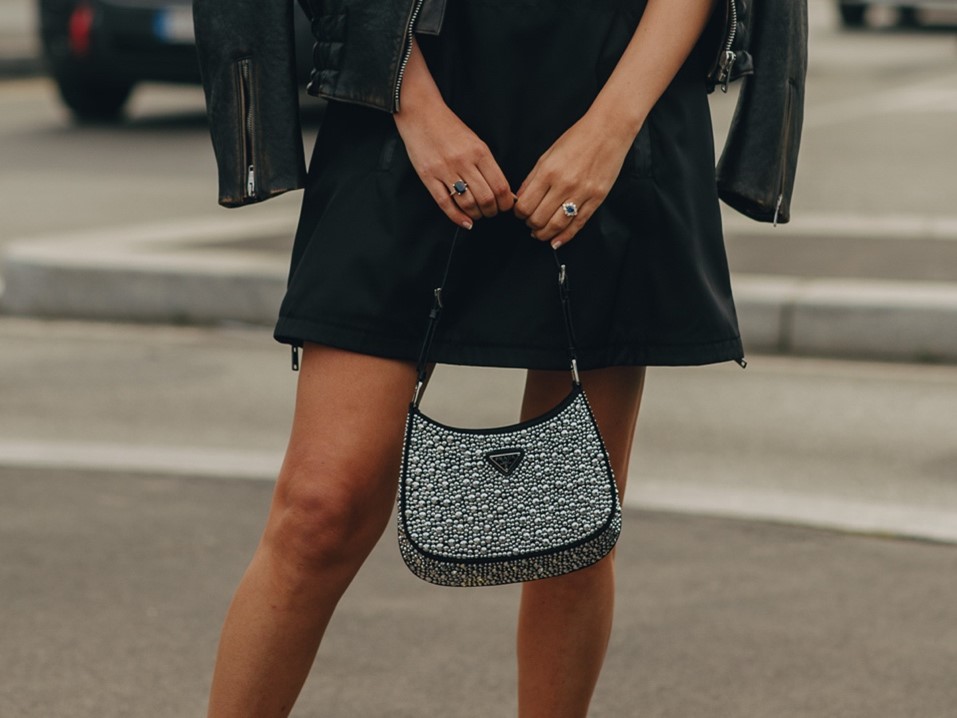
2023 – The Birkin.
The Hermes Birkin is perhaps one of the most recognisable bags in fashion. Created in the 80s for Jane Birkin, the bag is Hermes’ piece de resistance and had waiting lists of up to 6 years, and whilst those waiting lists are no longer used, there is still a requirement of a large purchase history at Hermes until you may be offered one. The craftsmanship of these bags and their customizability means they are in high demand yet limited in their available quantities. Known as an ‘investment bag’, it has long been a status symbol and proof of the owner’s wealth. In 2023, TikTok and social media played a large role in increasing the reach of the Birkin, and celebrities such as the Kardashian-Jenner family have helped increase the bag’s visibility with the general public. Perhaps the crown jewel amongst other luxury bags, it can definitely be said that the Birkin has been and continues to be an iconic status symbol.
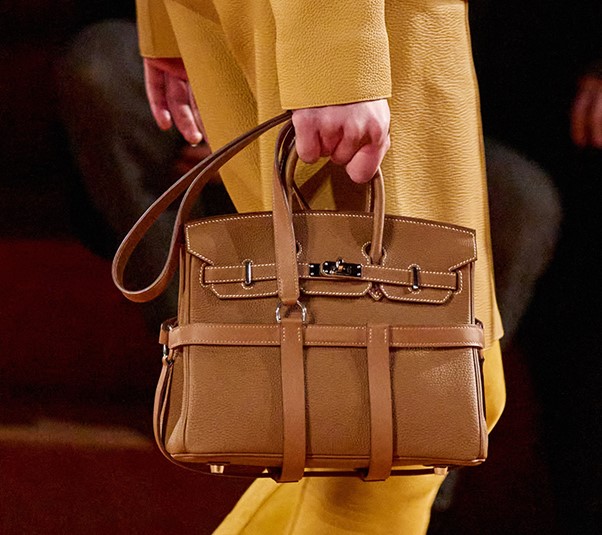
2024 – The ‘old money’ aesthetic and Loro Piana.
2024 saw a return of more elegant, timeless, pieces, heavily driven by the ‘old money; aesthetic on platforms such as TikTok. As such, the status symbols of the year took a turn towards more understated designs, and one of the brands that skyrocketed in value in the eyes of the public was Loro Piana. Prior to 2024, very few of these ‘old money aesthetic’ individuals would have heard of Loro Piana, or been able to identify their designs on the streets, yet Loro Piana has become the ultimate status symbol for many of them. An ‘if you know, you know’ type of club. Popular items commonly found on Christmas wish lists from this ‘quiet luxury’ brand include: baseball caps, quarter-zip cashmere sweaters, and loafers.
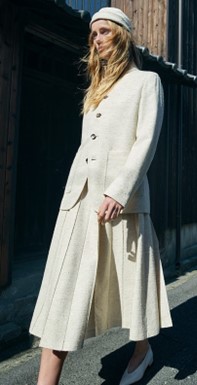
Another brand that benefited from the demand for timeless designs and sleek silhouettes was The Row, founded by Ashley and Mary-Kate Olsen. The Soft Margaux 15 Bag was recommended in countless articles and videos and compared even to the Birkin as a practical yet classic bag for the new generation entering the workforce, with their first bit of income that they feel comfortable spending on luxury items. Gen Z has turned back to the classics, choosing to invest in timeless pieces rather than trendy more temporal items, and as such, owning these timeless and classic designs has become the new symbol of status.
Even brands such as Rimowa, which do not come to the front of people’s minds when talking about luxury fashion, have seen an increase in traction. Rimowa’s 2024 campaign included celebrities such as Blackpink’s Rose and Formula 1 icon Lewis Hamilton, extending Rimowa’s reach and recognisability amongst the younger generation, who now view their suitcases as another luxury status symbol.
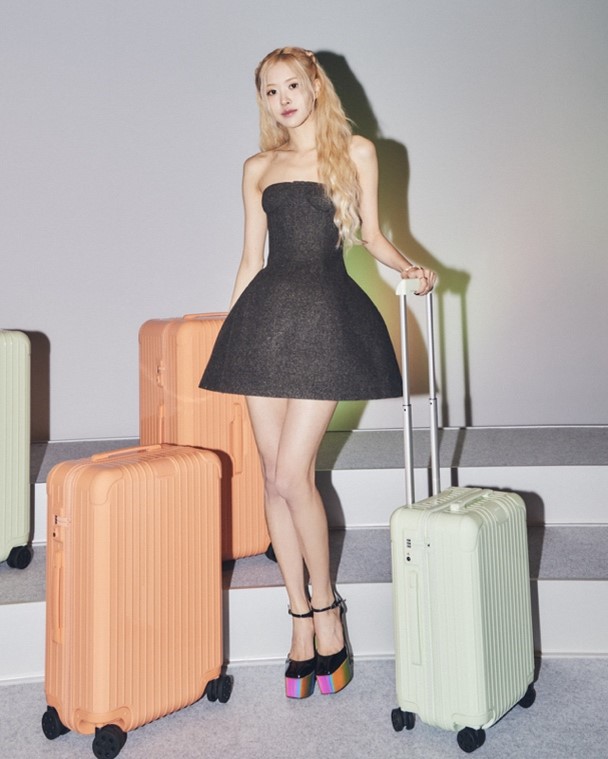
2025 Predictions.
The internet is moving away from the idea of overconsumption now, so consumers are opting for more timeless and classic luxury pieces.
This coming year, we may see the return of classier silhouettes and more structured pieces – perhaps the return of Lagerfeld-influence tweed sets and Chanel bags.

As people become more and more individualised and want to stand out – as seen by the ‘Jane Birkinfying my bag’ trend and the rising popularity of bag charms, could we perhaps see a return of the statement necklace? Vivienne Westwood has already proved to be a popular brand amongst the younger generations and that popularity won’t die out anytime soon.
Bag companies such as Coach are already leaning into the desire for individuality, with Coach’s cherry charm going viral at the end of 2024, and Loewe’s marketing of its bag charm animals. Perhaps luxury keychains and charms will be the new coveted items in 2025.
SOURCES
- https://www2.deloitte.com/content/dam/insights/us/articles/4055_FoW-GenZ-entry-level-work/4055_FoW-GenZ-entry-level-work.pdf
- https://timeandtidewatches.com/my-watch-story-sams-montblanc-1858-automatic-dual-time/
- https://www.vogue.com.au/fashion/news/the-history-of-the-lady-dior-bag-named-after-princess-diana/image-gallery/ce7f638650242e42fd835f93568d9751
- https://www.hellomagazine.com/fashion/royal-style/20220501138917/princess-diana-met-gala-iconic-dior-dress/
- http://www.refinery29.com/millennial-trends
- https://fashionhistory.fitnyc.edu/2000-2009/
- https://signofthetimeslondon.com/blogs/sign-talk/what-you-didn-t-already-know-about-the-history-of-dior-s-y2k-sensation-the-saddle-bag#:~:text=2000%3A%20’It%20bag’%20status%20appointed&text=Just%20like%20that%2C%20pop%20culture,in%20sales%20of%20Dior’s%20accessories
- https://www.townandcountrymag.com/style/jewelry-and-watches/a10262588/cartier-love-bracelet-history/
- https://www.harpersbazaar.com/uk/fashion/jewellery-watches/a40308561/cartier-love-bracelet/
- https://www.vogue.com/article/90s-fashion-history
- https://www.complex.com/style/a/mike-destefano/the-evolution-of-chrome-hearts
- https://www.complex.com/style/a/mike-destefano/the-evolution-of-chrome-hearts
- https://www.telegraph.co.uk/fashion/brands/the-mysterious-world-of-buying-a-birkin-bag/
- https://harpersbazaar.com.au/old-money-aesthetic/
- https://www.vogue.co.uk/fashion/article/the-row-quiet-luxury
- https://www.countryandtownhouse.com/style/fashion/jane-birkinifying-tiktok/
Author: Cheri Hui







